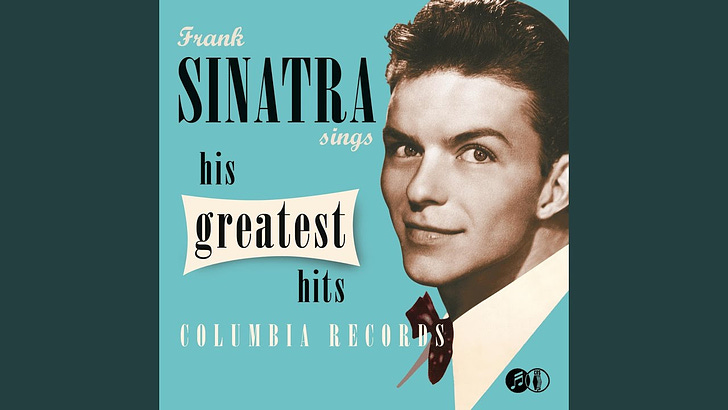This week at Sometimes a Song we will be listening to an American jazz standard. In fact, “Body and Soul” may be the most-recorded jazz tune of all time. It has been performed by singers and musicians as various as Louis Armstrong, Ella Fitzgerald, Benny Goodman, Billie Holliday, Perry Como, Guy Lombardo, Sarah Vaughn, Tony Bennett, Frank Sinatra, and…
Keep reading with a 7-day free trial
Subscribe to Word & Song by Anthony Esolen to keep reading this post and get 7 days of free access to the full post archives.



